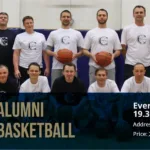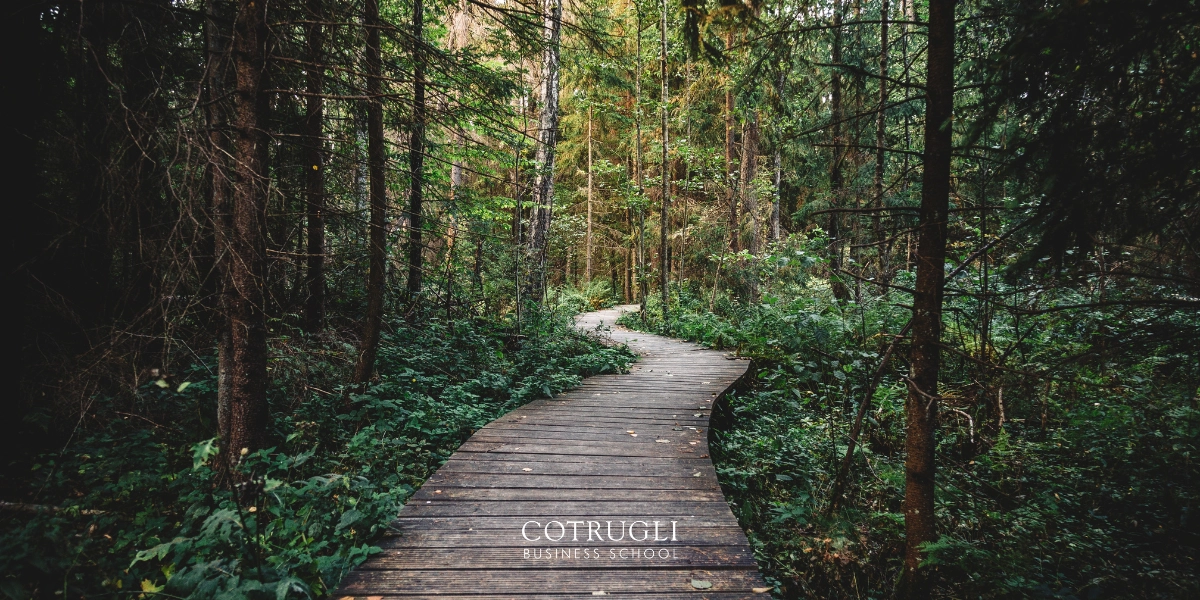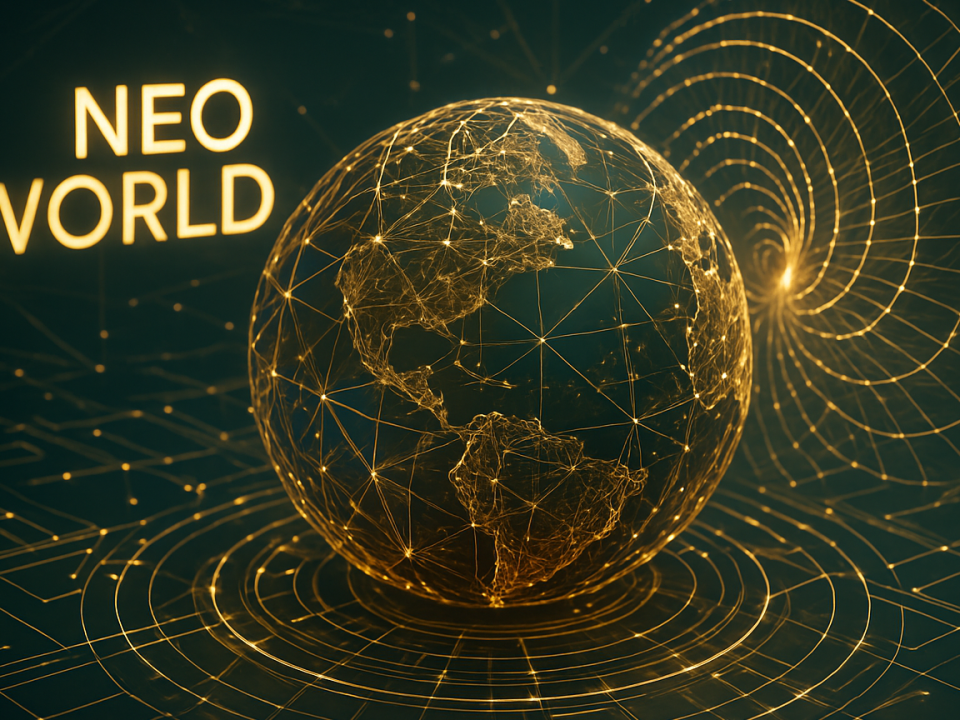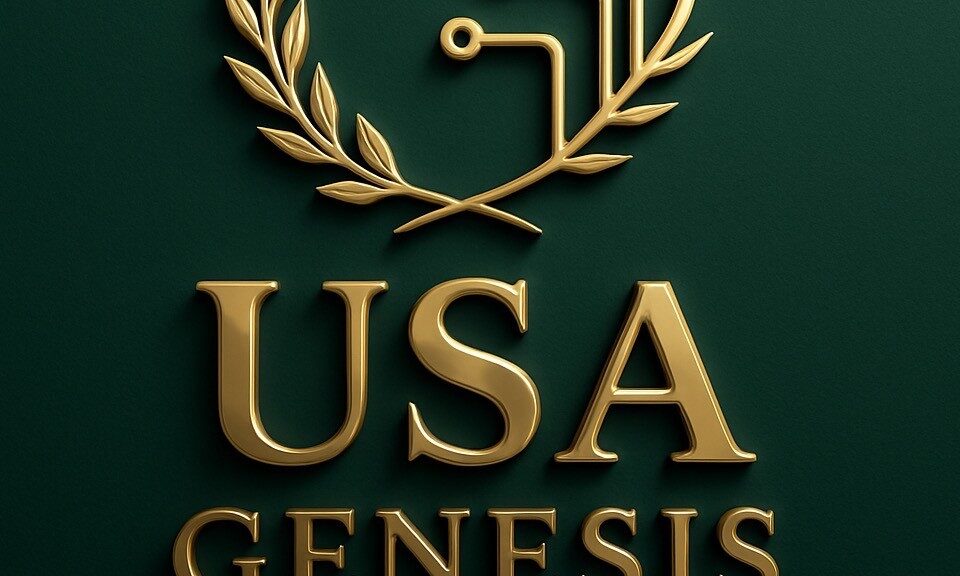
Connect and Compete: COTRUGLI Alumni Basketball Awaits You
12/09/2023
How Many Strategic Plans Does Your Company Need?
13/09/2023
Are You Walking the Right Path?
Some say life has a path that leads to a meaningful destination. Some call it a spiritual path based on self-realization. Others see it as a religious journey grounded in faith. Still others consider it a human path based on core values. In all cases, the idea of a path suggests a destination—freedom, happiness, and a sense of having lived the ‘right’ way.
Whose Path Is the Right Path?
Some claim there is only one correct path and insist their way is the only way. They try to persuade others to follow in their footsteps, warning of dire consequences otherwise. On the opposite end, some argue that life has no path. They believe true living happens in a pathless land—one moment at a time—so there’s no need to search for a path.
Another group believes we are here to carve our own path. Like the wake left by a boat, each person creates a unique trail. This perspective appeals because it respects two deep human capacities: creativity and inner knowing. Creativity shows in how we respond to life. Inner knowing guides us toward what feels true. When our actions align with this inner truth, life flows. When they don’t, friction appears—signaling misalignment.
Signs You’re Off Track
Most of us experience moments of unease. Stressful feelings, obstacles, and negative thoughts hint that we’re off course. These are signals that our creativity is misdirected or disconnected from our truth. Often, this misdirection leads us down what can be called the Path of the Slave. It’s a cycle of seven steps that many walk daily:
- Attention – Something or someone grabs your focus.
- Attraction – You’re pulled toward the object or person.
- Absorption – You lose yourself in the experience.
- Attachment – You begin to crave more.
- Agitation – You feel emotional if the object or person becomes unavailable.
- Addiction – You develop a dependency.
- Atonement – You pay the price through inner conflict or loss.
Let’s explore these in more depth.
Attention
Your ability to focus is your most powerful inner tool. Yet the modern world constantly competes for your attention. Advertisers, apps, and notifications bribe you to look their way. If you don’t manage your attention consciously, you become distracted and mentally scattered.
Lesson: To retain control of your life, strengthen your concentration. Choose where your attention goes—it shapes your reality.
Attraction
You are most attractive when you aren’t chasing anything. Constant attraction often reflects suppressed self-worth. When you chase, you’re subtly telling yourself that you’re not enough without that object or person.
Lesson: Build self-esteem by questioning why you’re drawn to certain things. What inner void are you trying to fill?
Absorption
Absorbing yourself in something may feel pleasant, but it can also mean giving away your power. You feel disempowered when overwhelmed by a person or experience.
Lesson: Stay centered. Care without losing yourself. That’s true strength.
Attachment
Attachment begins the moment you need something to feel happy. True inner freedom means you’re not bound to any object or person.
Lesson: Let go. Happiness isn’t found in clinging—it’s in freedom.
Agitation
Attachment inevitably brings emotional turmoil. Sadness, fear, and anger stem from resisting what is. All emotion is a signal that you’re out of sync with your inner peace.
Lesson: Don’t suppress or act out emotion. Observe it. Understand its cause. Let it go.
Addiction
Even unpleasant emotions can become addictive. Over time, you crave the triggers that spark them. This creates deep dependency.
Lesson: Track your cravings. What’s behind them? Practice non-dependence, even briefly.
Atonement
This doesn’t mean punishment. It means returning to wholeness—to a state where you don’t need anything outside yourself to feel complete.
Lesson: You are already whole. Practice giving unconditionally. You’ll see you already have all you need.
The Power of Self-Responsibility
You create your path through daily choices. Once you see that you—not someone else—are shaping your journey, you begin to walk the Path of the Master. It’s not a route drawn on a map. It’s the way inward.
Reflection Exercise
Question: Which of the seven steps do you recognize in your daily life?
Reflection: What emotion appears most often during your day? Can you see the attachment behind it?
Action: If this is the Path of the Slave, imagine the Path of the Master. What would it look like for you?
Written by our professor Mike George.




